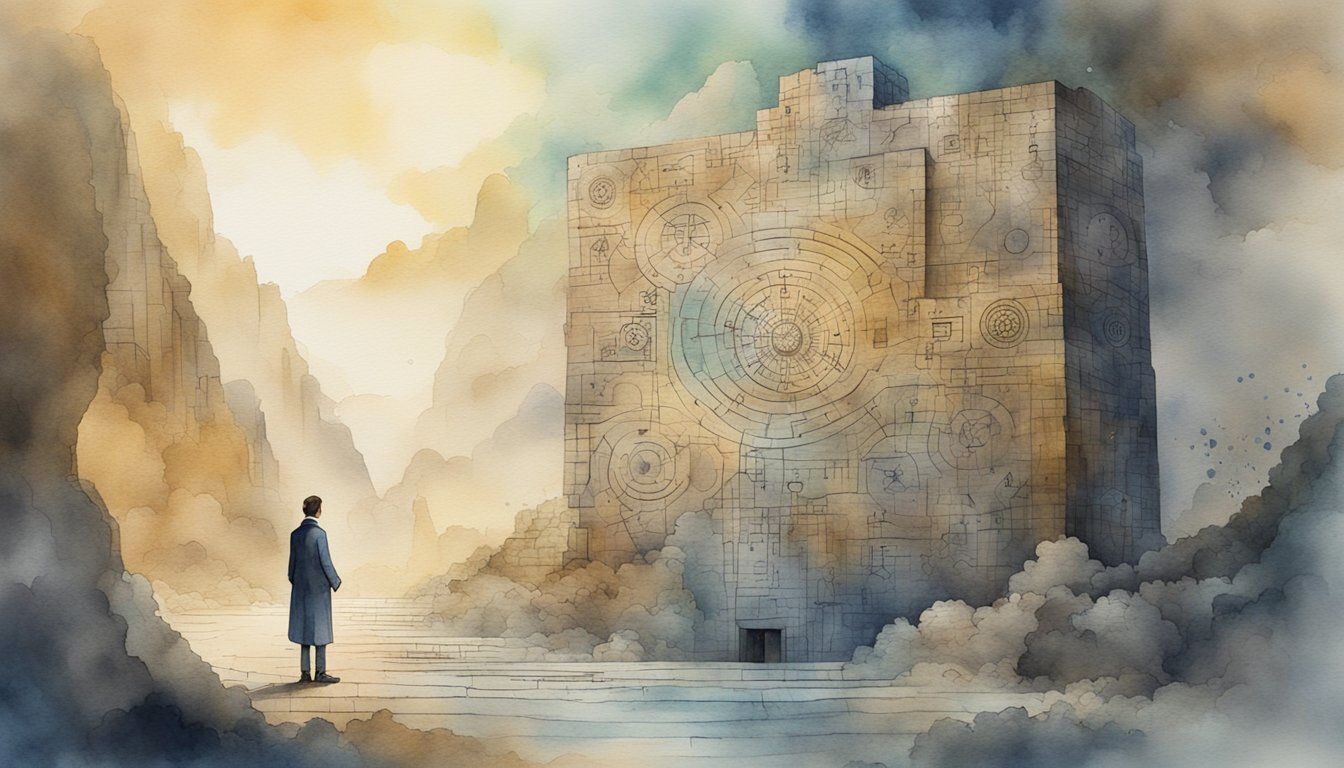Understanding the Complexity of Mathematical Challenges
From Ancient Greeks to Modern Problems
The field of mathematics has always presented complex and challenging problems for mathematicians to solve. The Ancient Greeks laid the foundation for modern mathematics by studying geometry, number theory, and other branches of math. Over time, these problems have evolved, and today’s mathematicians face a wide variety of mathematical challenges.
One enduring challenge is the quest to classify finite simple groups. These are the building blocks of group theory, an area of mathematics that has applications in various fields like physics and cryptography. The classification of finite simple groups was a colossal achievement in mathematics, completed in 2004 after decades of collaborative work by numerous mathematicians.
Categories of Mathematical Complexity
Mathematical problems can be classified according to their complexity, and some of the world’s hardest math problems belong to various categories. One well-known set of complex mathematical challenges is the Millennium Prize Problems, consisting of seven unsolved problems, each with a $1 million prize for the first correct solution.
Here are some fascinating problems within the field of mathematics:
- Number theory: Riemann Hypothesis is a conjecture about the distribution of prime numbers, which has remained unsolved for over 150 years.
- Geometry: The Poincaré Conjecture was solved in 2003 by Grigori Perelman, who declined the $1 million prize.
- Combinatorics: Problems like the Ramsey Theory deal with the conditions under which order must appear, and have remained difficult to solve completely.
Mathematical challenges continue to captivate the brightest minds, driving advances in theoretical understanding and practical applications. By studying these complex problems, mathematicians strive to unlock new insights and broaden our knowledge of the world.
The Quest for Solutions to Legendary Problems

Famous Unresolved Problems and Prizes
Mathematics has a long history of intriguing unresolved problems that have challenged the brightest minds. Some of these problems are associated with prestigious prizes such as the Millennium Prize offered by the Clay Mathematics Institute. The Fields Medal is another well-known award in the mathematical world, often referred to as the “Nobel Prize of Mathematics.”
Among the famous unsolved problems are the Goldbach’s Conjecture, Twin Prime Conjecture, Collatz Conjecture, and the Riemann Hypothesis. Each captivates mathematicians who dedicate their careers to finding their solutions.
Historic Breakthroughs in Mathematics
Some previously unsolved problems in math have been resolved through groundbreaking work by brilliant mathematicians. For example, the Poincaré Conjecture was solved by Grigori Perelman in 2002. This previously elusive problem was related to topology and involved simply-connected 3-manifolds. Perelman’s work earned him the Fields Medal and a Millennium Prize, both of which he declined.
Another great breakthrough was the solution to Fermat’s Last Theorem by Sir Andrew Wiles in 1994. Wiles spent years working on this theorem, which involves solving a specific diophantine equation with whole numbers for x, y, and z. His proof involved using elliptic curves and advanced number theory techniques.
The Four Color Theorem, a problem concerning the coloring of maps, was proven in 1976 by Kenneth Appel and Wolfgang Hakan using computers. This was the first time a major mathematical proof relied on computer assistance, transforming the way mathematicians approached their work.
The Prime Number Theorem, conjectured by Jacques Hadamard and Charles Jean de la Vallée Poussin, was proven independently by both mathematicians in 1896. This theorem describes the distribution of prime numbers among positive integers. More recently, the Riemann Zeta Function, related to the distribution of primes, has been the focus of intense research. In 2020, Drew Sutherland at MIT found solutions to a polynomial equation involving the zeta function and whole numbers, contributing to the understanding of this function.
Despite these groundbreaking achievements, numerous problems remain unsolved in mathematics. These problems continue to captivate mathematicians, who dedicate their careers to finding solutions and deepening our understanding of the mathematical world.

